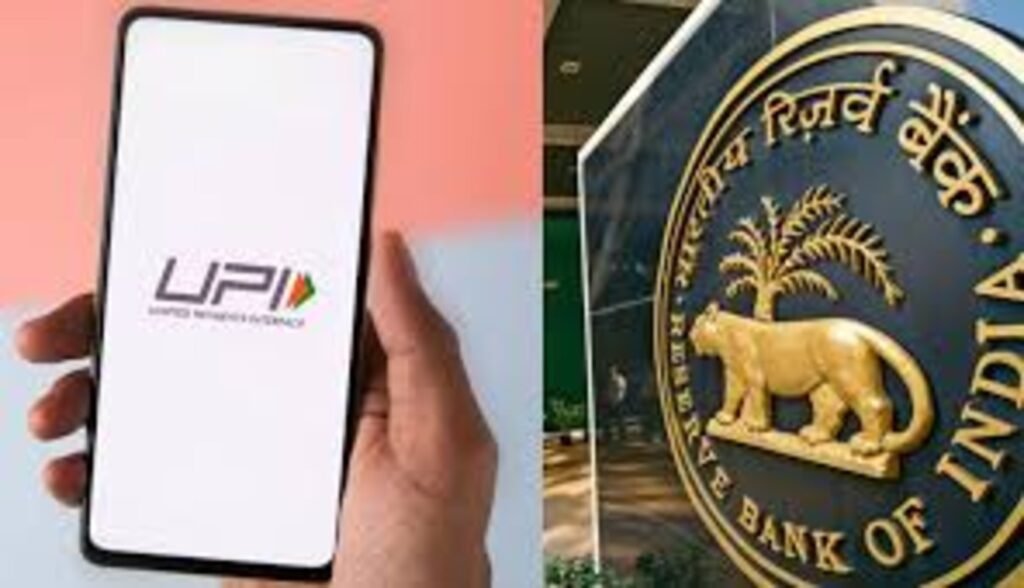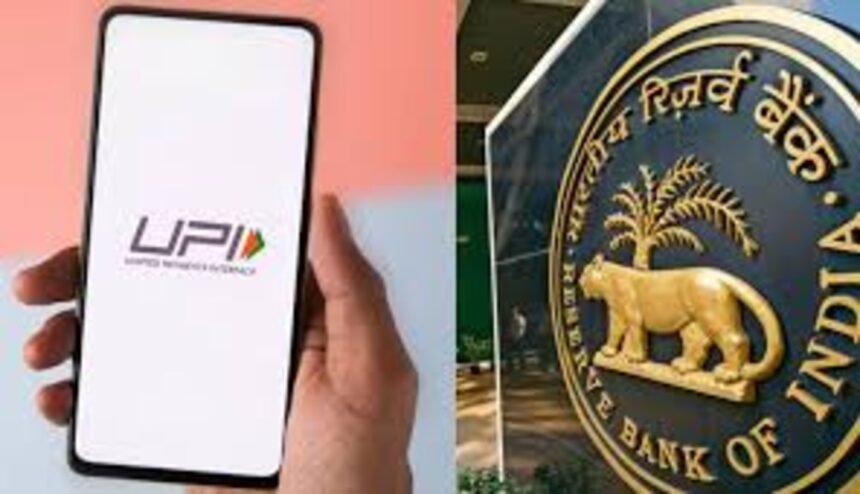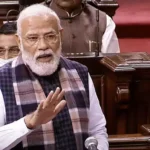Introduction
In a ground breaking move, the Reserve Bank of India (RBI) has introduced a trio of new features to the Unified Payments Interface (UPI), promising to reshape the digital payment landscape. RBI Governor Shaktikanta Das shared these developments during the recent Monetary Policy Committee (MPC) meeting, signalling a new era in the world of payments.

Conversational Payments on UPI:
Among the exciting updates is the launch of Conversational Payments on UPI. This innovative feature allows users to engage in seamless transactions through conversations with an AI-powered system. This cutting-edge technology aims to simplify and enhance the user experience while ensuring security in every transaction. The use of artificial intelligence holds immense potential to bring a new level of accessibility and convenience to UPI users.
The Conversational Payments feature will cater to both smartphone and feature phone users, ensuring that a wider audience can benefit from this advancement. Initially available in Hindi and English, the feature will later expand to accommodate more Indian languages, further promoting inclusivity.
Industry experts have applauded this move, recognizing its potential to revolutionize the digital payment ecosystem and drive financial inclusion. Rajsri Rengan, India Head of Development, Banking, and Payments at FIS, described it as a pivotal step that could reshape India’s economic trajectory. Adhil Shetty, CEO at BankBazaar.com, noted that a simplified AI-based interface could open doors for senior citizens and individuals with disabilities, providing them with seamless access to their finances.
UPI Lite Transaction Limit Raised:
The RBI has also increased the transaction limit for UPI Lite, a platform designed for quick and small-value transactions. Previously set at Rs 200, the transaction limit has now been raised to Rs 500. UPI Lite, which was introduced by the National Payments Corporation of India (NPCI) in 2022, focuses on optimizing processing resources for banks, reducing transaction failures, and enhancing transaction speed.
While this enhancement will make transactions more flexible and convenient, the UPI Lite balance ceiling remains at Rs 2,000. This decision aims to maintain a level of security by retaining two-factor authentication for higher-value transactions.
NFC-enabled Offline Payments:
To further promote UPI Lite, the RBI plans to introduce offline payments using Near Field Communication (NFC) technology. This feature is designed to facilitate digital payments even in scenarios where internet or telecom connectivity is weak or unavailable. Not only will this technology ensure that transactions can still occur, but it will also minimize the occurrence of transaction declines, providing a seamless experience for users.
The RBI’s announcement has garnered attention and excitement from both consumers and industry players alike. As the RBI prepares to issue instructions to the NPCI (National Payments Corporation of India) – the entity managing UPI and UPI Lite – the financial sector eagerly anticipates the implementation of these transformative enhancements.
Conclusion
With these new features, the RBI is set to reshape the payments landscape in India, ushering in an era of enhanced accessibility, convenience, and security in digital transactions. As AI, increased transaction limits, and NFC technology converge, the potential for further financial inclusion and a more robust digital economy becomes clearer than ever before.







